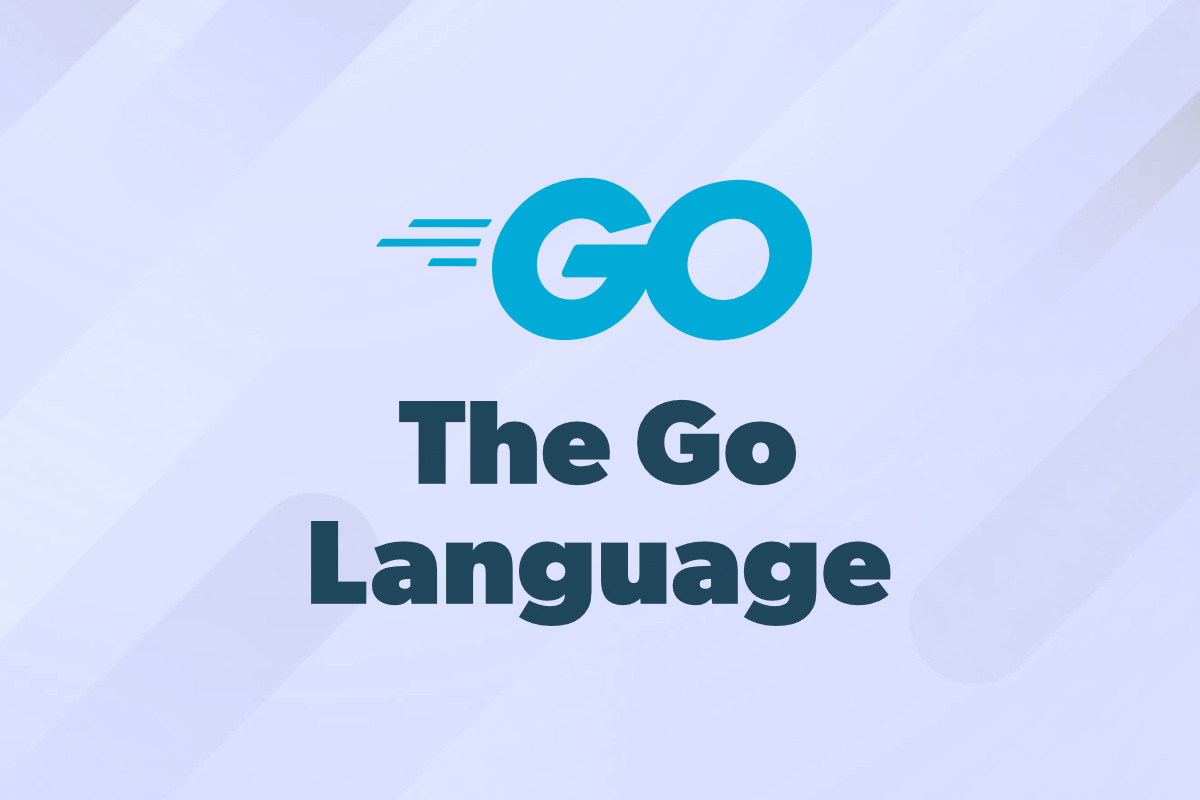Structs in Go
Learn how structs work in Go.
The Go programming language was created by engineers at Google in 2007. They were looking to create a language that could natively take advantage of multi-core processors that were coming out at that time and to address the needs of a modern programming language, which was:
By March of 2012, Go had found its first “official” release with version 1.0 and since then has been integrated by plenty of small and Big Tech companies such as:
Even though Go was created by Google employees, Go is not strictly a Google product. It’s now an open source project that has a community of developers supporting and contributing to it.
Go is one of the fastest growing and highest paid languages in the software industry. You can read the Go documentation to learn more information about the language and its history.
Go is great at building web applications that scale. It’s great for networking, concurrency, backend systems, APIs, microservices, automation, and command-line tools. Go also finds use cases in cryptocurrency, image processing, and data science.
If you do a search on Indeed for Go or the more SEO-friendly version, “Golang”, you find a ton of jobs involving cloud computing, DevOps, site-reliability, load balancing, Kubernetes, software engineering, security tools, and so on.
Everyone loves a “Hello World” example. The basic code example below shows how to print the “Hello, World!” message out to the console.
package main
import "fmt"
func main() {
fmt.Println("Hello, World!")
}
The Go programming language is a high-performance language that has all sorts of use cases in areas like web applications, APIs, microservices, cloud computing, and more!
To learn more about the language, visit the Go documentation, view a crash course video on YouTube, or take a course on Udemy. Or visit our Go reading list and find more lessons on Go too.
